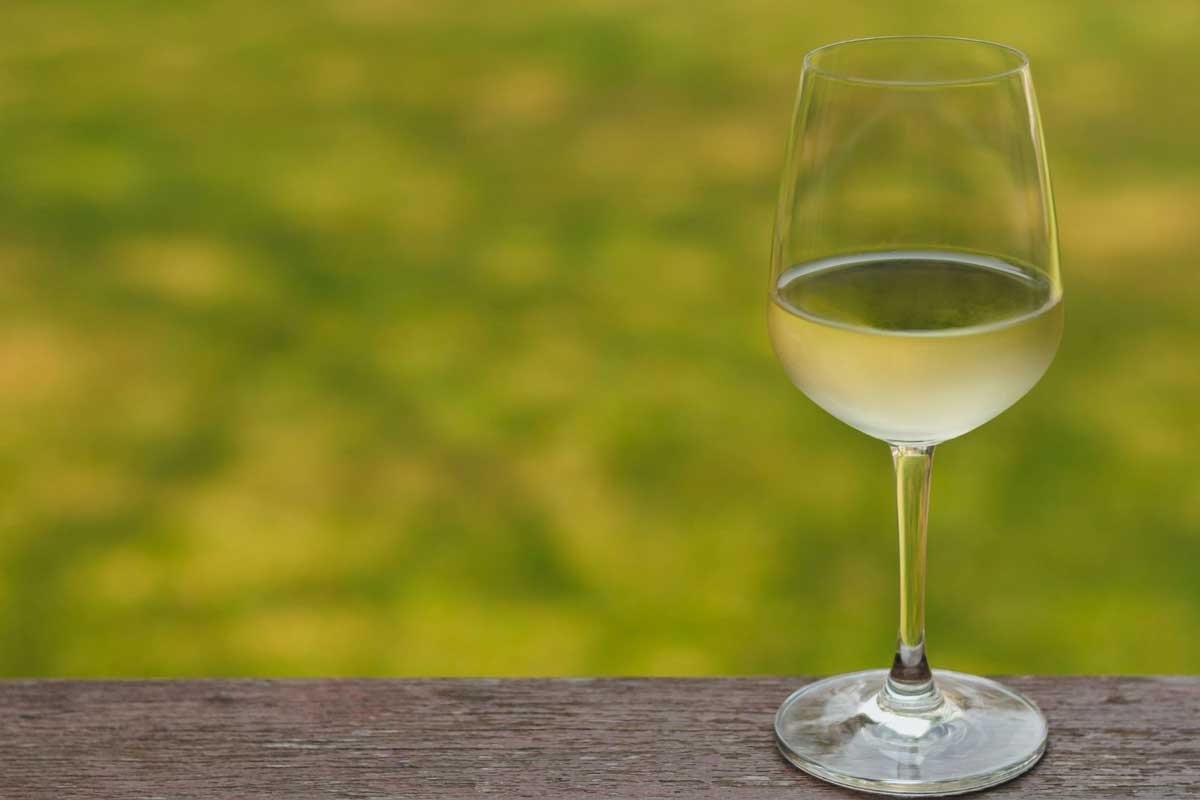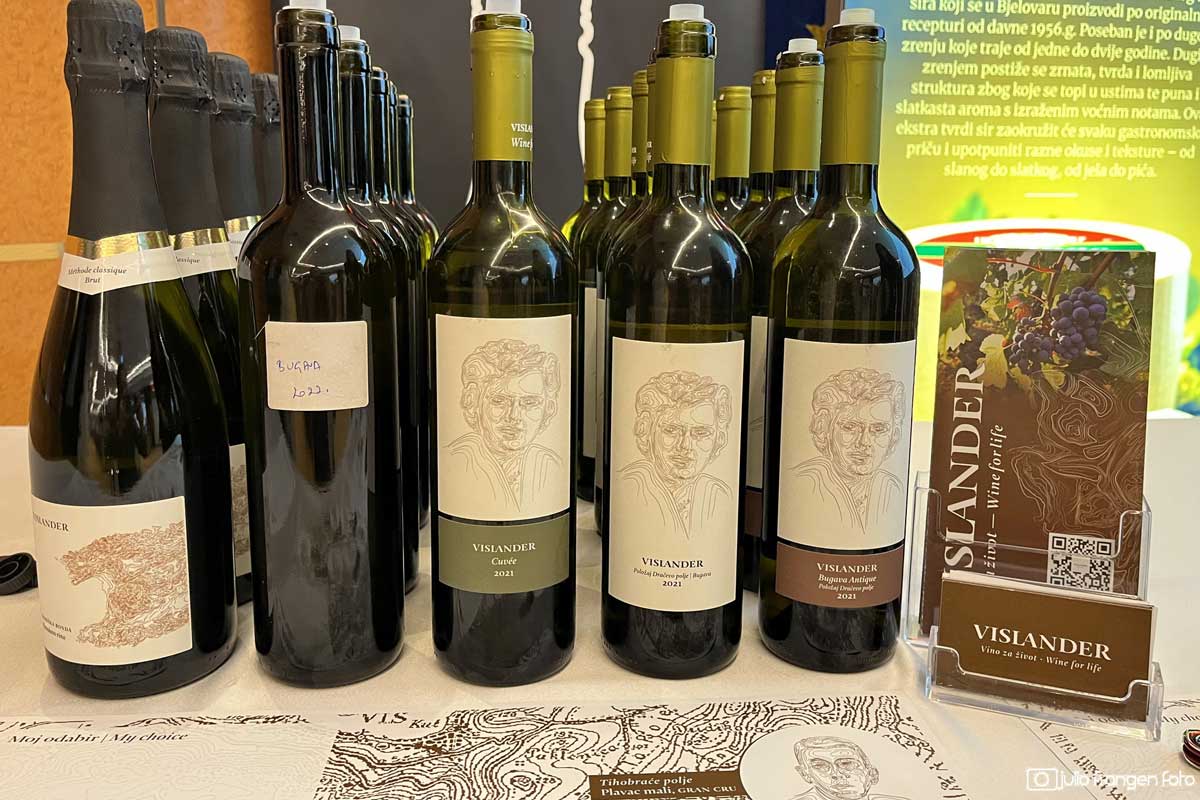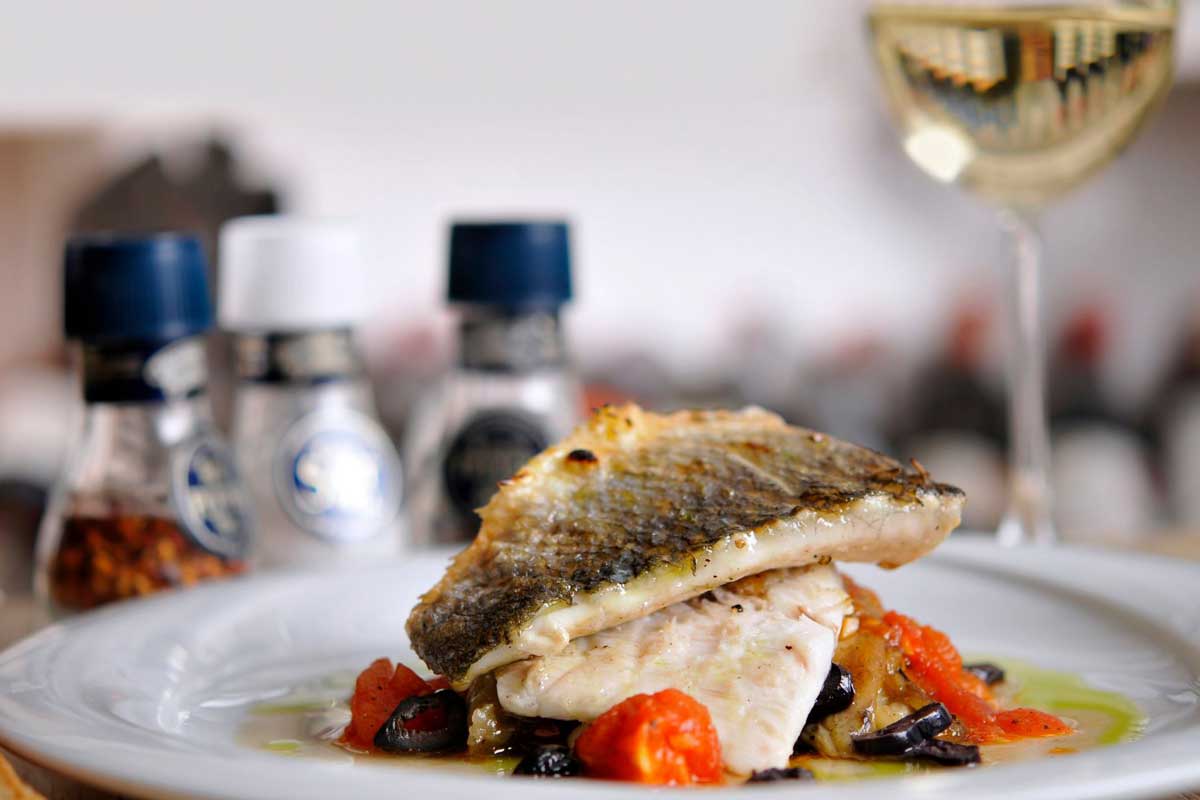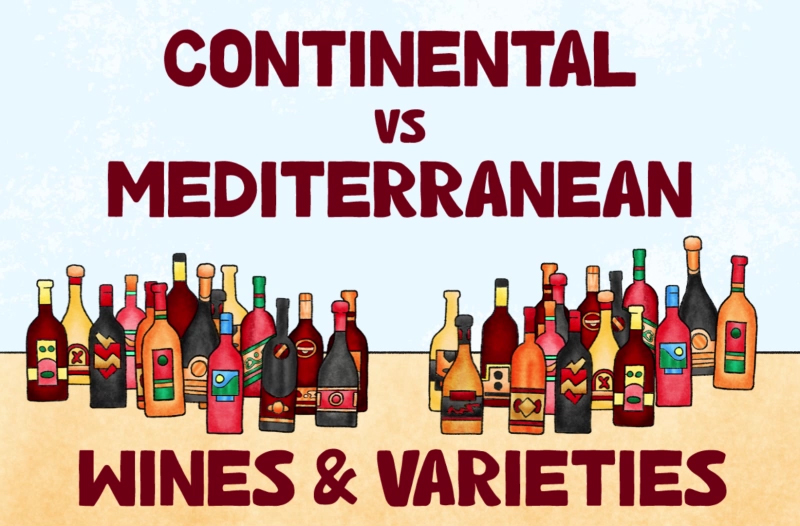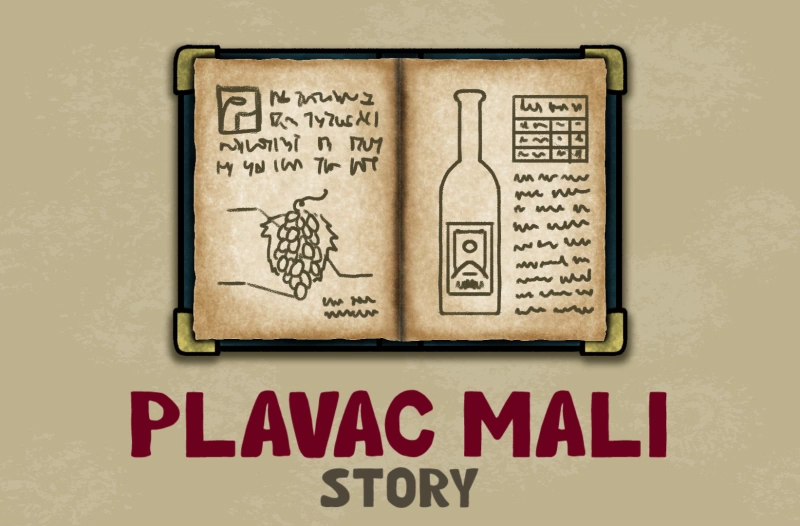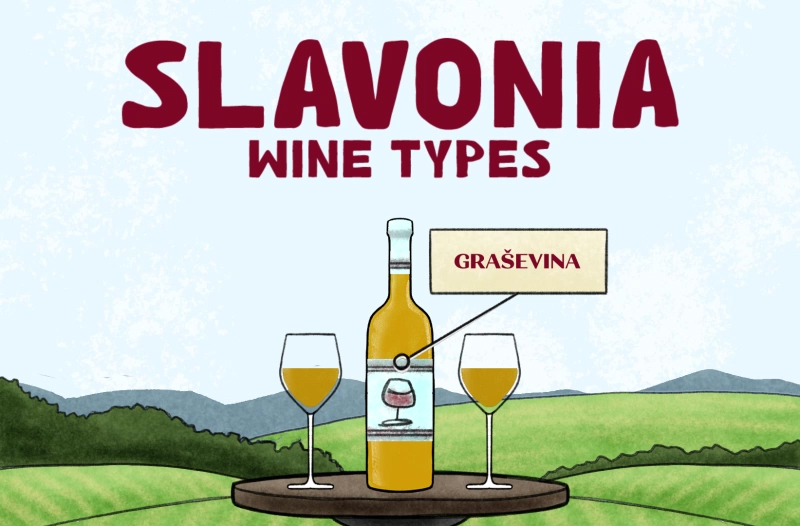Vugava – Your Passport to Mediterranean Paradise
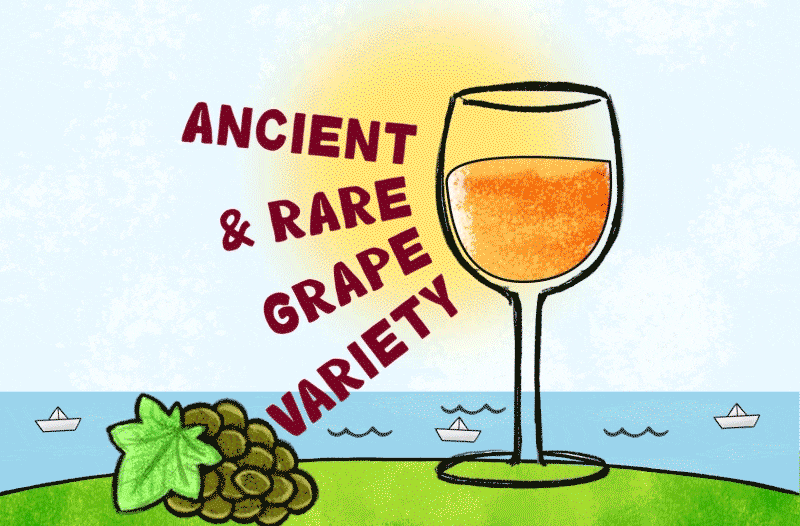
The Origins of Vugava
A Historical Prelude
Vugava, also known as Bugava, finds its roots deeply embedded in the history of Dalmatia, particularly the island of Vis. Its story can be traced back to ancient times when Greek settlers planted vines on this picturesque island. According to some, the name “Vugava” itself is believed to be derived from the Greek word “voukavos,” signifying a place where owls dwell.
For some reason, for a long time, it was thought that Vugava (Bugava) was actually a famous white Rhone variety Viognier. DNA profiling proved there is no connection between them. This was great news for everybody who loves biodiversity because it was also proven that Vugava is an indigenous variety with unknown connection to other varieties.
The origin of the variety is still unknown. According to all available data, it is not cultivated anywhere else in the world and is considered a Croatian autochthonous variety. Vugava has been cultivated on Vis for a long time. Many connect it with the first mention of wine from today’s Croatian territory in a single document (Agatharid, “Feast of Scholars”, II century BC), which would mean that it was passed for the time of the Greek colonisation of the Adriatic (IV-VI centuries BC) or was created during their reign.
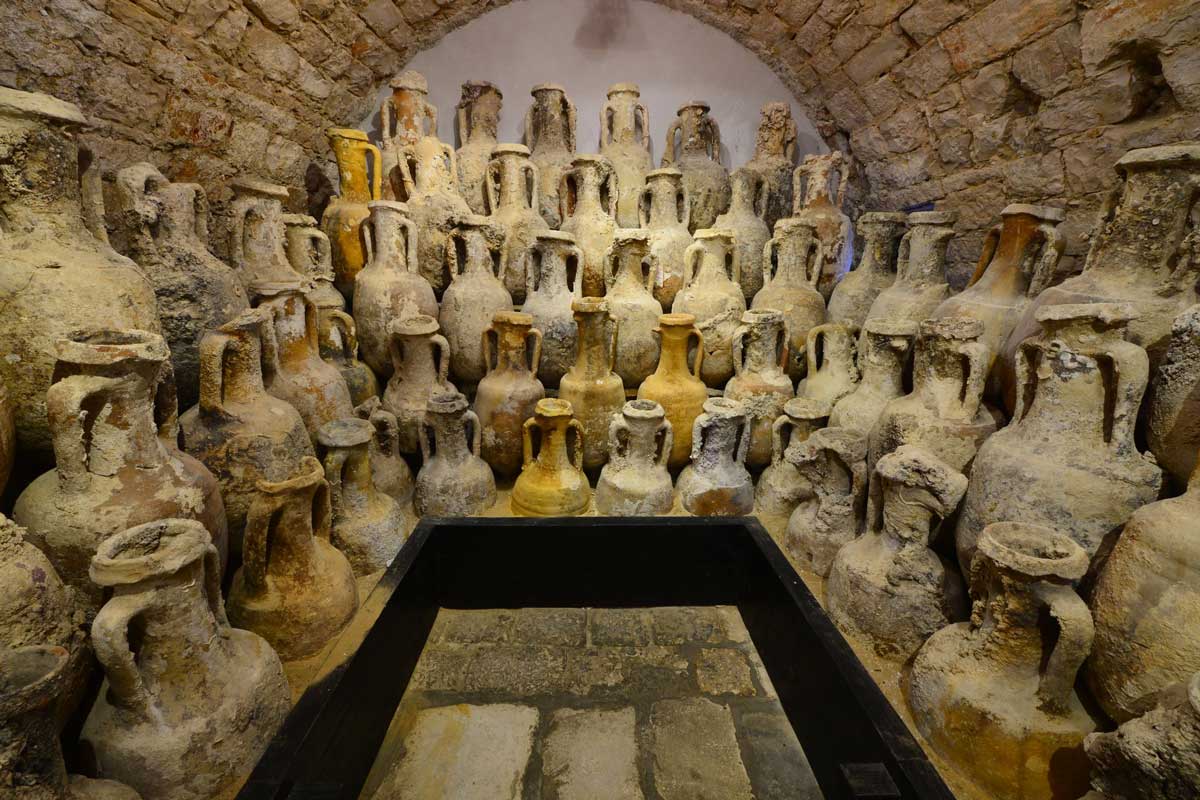
Along with Pošip, Maraština, and Grk, Vugava is among the most important Dalmatian indigenous white varieties.
Historically, Vugava was often picked dehydrated, accumulating all its properties in a concentrated expression, to be vinified as a sweet wine. As a result, a saying appeared that this superb wine is eaten more than drunk.
Island Terroir
One of the defining characteristics of Vugava is its unique terroir. The Dalmatian islands provide the ideal setting for this grape variety to thrive. The combination of sun, sea breezes, and limestone-rich soils impart distinctive flavours to the grapes, resulting in a wine that represents its Mediterranean origins.
Unlike most famous vineyard positions in Dalmatia, where steep slopes oversee the Adriatic bathing in the southern sun, such as Dingač, Postup, or Mili on Pelješac peninsula, Ivan Dolac on Hvar Island, Murvica on Brač Island, Vis holds its vine treasures inland. Vis is an island with many fields suitable for agriculture.
Vugava is no exception. It will thrive in superior Mediterranean terroir. Such is a “Dračevo polje” (Dračevo Field). In the middle of the island to the south, between Komiža and Vis town, Dračevo polje is home to most of the Vugava grown on Vis.
On that brown soil formed on Cretaceous dolomite and limestone with sand influencing topsoil, most of the Vugava exists. In fact, there are a total of 15 hectares of Vugava in the world, and 14 hectares are exactly here.

The Taste of Vugava
A Symphony of Aromas
Vugava variety has extremely high qualitative potential, accumulates very high content malt (18-24°B), and acids are regularly low (4.0-5.5 g/l).
Vugava is also the most famous and recognisable white variety on the island of Vis by far. Because of its beautiful appearance and edibility, Vugava was also used as a table grape, but her dessert wine (from sun-dried grapes) was particularly valued. Because of its many favourable characteristics, it is one of the most important varieties of Vis today.
Vugava is celebrated for its aromatic profile. The wine offers a symphony of tropical fruit notes, but it is never trivial if proper handling is involved. Ripe apricots, citrus, and a hint of pineapple are descriptors shared by many wines. Subtle floral and herbal undertones often accompany these vibrant aromas.
However, Vugava’s carry a unique aromatic profile, which, combined with its structure, sets it apart from other varieties. A wonderful natural golden-yellow colour brings a specific varietal smell. Intensity is unobtrusive and pleasant, especially deep and full on the palate.
Simultaneously, Vugava is easy to drink, especially in the modern vinification technique. Still, its honeyed touch and luxurious fullness emerge, making Vugava a delight for the senses.
A Refreshing Palate
What sets Vugava apart is its refreshing palate. The wine’s crisp and zesty character makes it a perfect companion for seafood dishes, especially the abundant catches from the Adriatic Sea. Its vibrant acidity cleanses the palate, leaving a memorable and thirst-quenching impression.
Vugava can age well. It can be vinified in microoxygenation conditions, in wooden barrels, and aged in wood. It will perform beautifully even with battonage and sur-lie technique.
However, Vugava is best when made to express all of its intoxicating Mediterranean perfume but fresh in style, refreshing your palate with every sip. This ability to perform refreshing with pronounced primary aromatics while expressing the substance it is made from is not uniquely Vugava but is a trade mark of the best of wines.
Wine Production and Wineries
Traditional Craftsmanship
Vugava production follows a tradition that has been passed down through generations. Many wineries on the Dalmatian islands take pride in preserving these age-old methods. The grapes are hand-harvested, and the wine is often aged in oak barrels, adding depth and complexity to the final product.
Modern-day Vugava is one of the few wines truly made with care and respect for traditional varietal expression. Regardless of the vinification method, Vugava shows its unique characteristics when made thoughtfully.
Vugava winemaking is logically associated with smaller, family-run wineries. These producers take a hands-on approach to winemaking, crafting limited quantities of wine with meticulous care and attention to detail.
In essence, Vugava wine’s traditional craftsmanship is a testament to the dedication of winemakers who strive to create wines that capture the essence of the Dalmatian islands while adhering to time-tested and artisanal methods of winemaking.
Notable Producers
Several wineries on the island of Vis are renowned for their Vugava wines, and one from the Island of Brač:
- Vislander
- Lipanović
- Roki’s
- Senjanović
- Ivčević-Cobo
- Stina
In recent years, the most serious interpretations of this variety have been achieved by the Vislander winery. Vislander is the only winery that uses Vugava for sparkling wine and for two versions of still white wine:
Also, in a blend with the Kuč variety, as a simple and useful everyday wine:
Vislander owns a total of 15 hectares of vineyards in many different positions: 7ha of Plavac Mali, 5 hectares of Vugava, and 3 hectares of Kuč and other old white varieties such as Kurtelaška and Rukatac.
Vugava’s Rising Popularity
A Hidden Treasure No More
Although its population is smaller than it was in past, Vugava is not an endangered variety. On the contrary, it shows the tendency of growing areas under cultivation.
Premature ripening in some years is a real danger when growing Vugava (in Vis island conditions, full maturity can occur already around August 20, which leads to problems with harvesting and fermentation due to high temperatures), and the early movement of vegetation on lesser
positions increases the risk of frostbite.
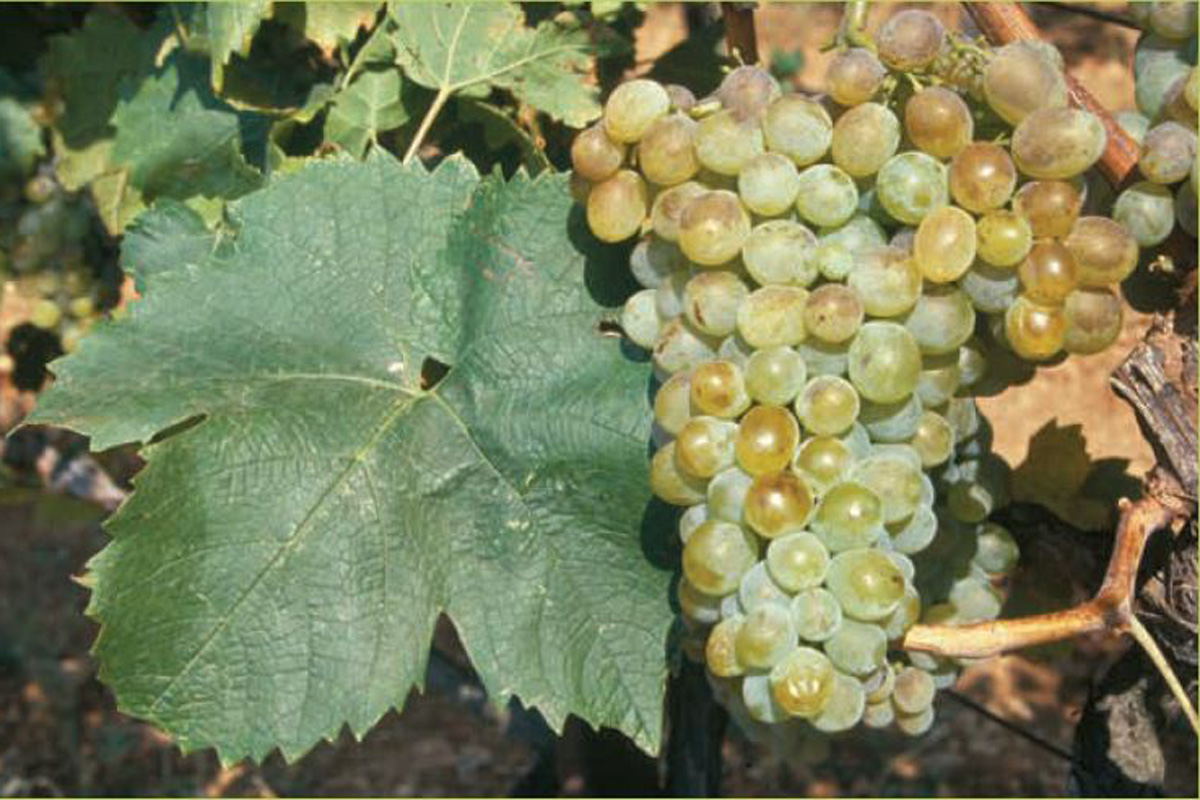
However, Vugava is a variety with extremely high qualitative potential and one of the best quality white southern varieties. It regularly accumulates high sugar, and due to its intense recognisable and pleasant varietal aroma, it produces famous white wines with a pronounced fruity aroma.
It is often vinified using modern technology in winemaking with the aim of preserving the primary aromas and freshness of the wine.
While locals have long cherished Vugava, it is now gaining recognition on a global scale. Wine enthusiasts and sommeliers worldwide are discovering the unique charm of this island variety. Its increasing popularity can be attributed to its versatility and ability to pair well with various dishes.
Perfect Pairings
Vugava’s versatility shines as a refreshing aperitif when paired with seafood, Mediterranean cuisine, or even on its own. Its ability to complement diverse flavours has made it a favourite among knowledgeable food and wine enthusiasts.
Although it does not act as a fuller-bodied wine, Vugava easily copes with much heavier dishes than seafood. Vugava aromatics require sea fish, especially grilled white fish or similar, but the traditional octopus “ispod peke” with potatoes also welcomes the refreshment Vugava brings in a glass. At the same time, there is no doubt about whether Vugava will show all its delicacy. In most cases, the desired synergy is achieved.
While Vugava wine pairs beautifully with a wide range of dishes, there are certain dishes where its characteristics may shine less brightly. Here are some examples of dishes that might not be the best pairing with Vugava wine:
- Heavy Red Meats: Vugava’s crispness suits lighter meats and seafood. Heavy red meats, such as steaks or rich stews, may overpower the wine and not complement its delicate flavours.
- Extremely Spicy Foods: While Vugava certainly can help balance some spice, extremely spicy dishes with intense heat levels might not be the best match, as they can diminish the wine’s subtleties.
- Creamy Sauces: Creamy sauces like Alfredo or heavy béchamel may not be the best choice as they can overwhelm Vugava’s freshness and, even worse, change its aromatic signature. Lighter, citrus-infused sauces could work perfectly.
- Sweet Desserts: Vugava is typically a dry wine, and pairing it with sweet desserts can create a contrast that doesn’t enhance the wine’s profile. An exception is traditional sweet wines made from Vugava, but they are a rare find these days.
What is the best way to serve Vugava?
Most Vugava wines are best served chilled, typically between 10 to 12 degrees Celsius (50-54°F). This temperature allows its vibrant flavours and acidity to shine, making it a perfect companion for seafood and light Mediterranean dishes.
Even aged or Vugava made with prolonged skin contact or otherwise more rustic and traditionally styled Vugava wines that may be better suited for heavier dishes, works just great when starting with 12°C (54°F) degrees in a glass.
Can I age Vugava?
Yes, you can age Vugava, but it’s important to note that Vugava is typically enjoyed for its fresh character when consumed young. However, some wineries produce aged versions of Vugava, which can offer a different and more complex flavour profile.
If you come across an aged Vugava, it’s worth trying. These wines may have undergone some oxidative ageing, which can add depth and richness to the wine. Just be sure to check the label or consult the winery for specific recommendations on ageing and serving the particular Vugava you have.
Where can I purchase Vugava wines outside of Croatia?
Vugava is still too small of production to be known globally. From a global perspective, Vugava is an obscure variety, but its very existence is proof of beauty in versatility and biodiversity.
Wine&more is one of the few online retailers that makes Vugava from Vis available to the EU, US, UK and other countries.
Research local wine importers or distributors specialising in Croatian wines or wines from the Dalmatian region. They may be able to provide information on where to find Vugava in your area.
Are there other indigenous grape varieties in Dalmatia?
Yes, there are many other indigenous grape varieties in Dalmatia, each with unique characteristics and contributions to the region’s rich winemaking heritage. Some notable indigenous grape varieties from Dalmatia include Plavac Mali, Pošip, and Grk.
Plavac Mali is a red grape variety that thrives in the rocky soils of Dalmatia. It is renowned for producing robust and full-bodied tannic red wines.
Pošip is a white grape variety known for both fresh and aged wines with a Mediterranean aromatic profile.
Grk is another white grape variety primarily found in the Lumabrda appellation on the Korčula island. Grk wines are known for their unique character, marked by intensive fragrance and distinct mineral notes.
These indigenous grape varieties are only a few among many that showcase the diversity and richness of Dalmatian winemaking, offering wine enthusiasts a wide range of options to explore and appreciate the unique terroir of this stunning Croatian region.
Conclusion
In the mesmerising landscapes of Croatia’s Dalmatian coast, amidst the azure waters of the Adriatic Sea and the sun-kissed vineyards, Vugava is a testament to centuries of winemaking tradition in the heart of Dalmatia’s stunning islands.
Its rich history, distinct characteristics, and rising global popularity make it a must-try for wine connoisseurs. Vugava is not just a wine; it’s a journey through Dalmatia’s captivating history and breathtaking landscapes. Whether you are an avid wine collector or a casual enthusiast, Vugava promises a taste of the Mediterranean like no other.
So, next time you seek a taste of the Mediterranean in a glass, consider reaching for a bottle of Vugava – a wine that encapsulates the beauty of Dalmatia.



